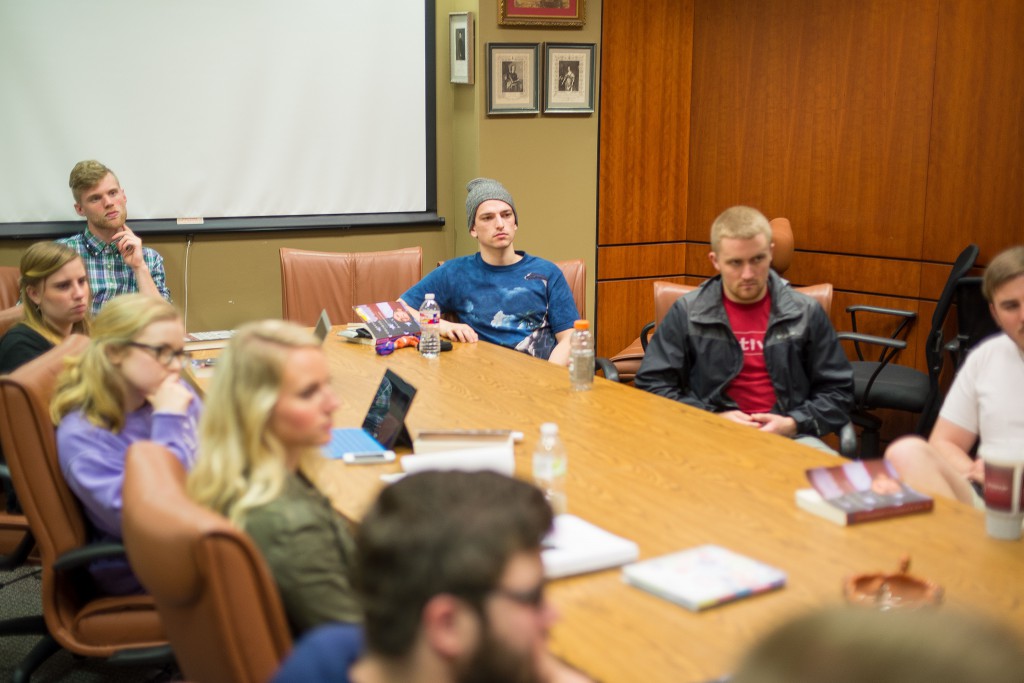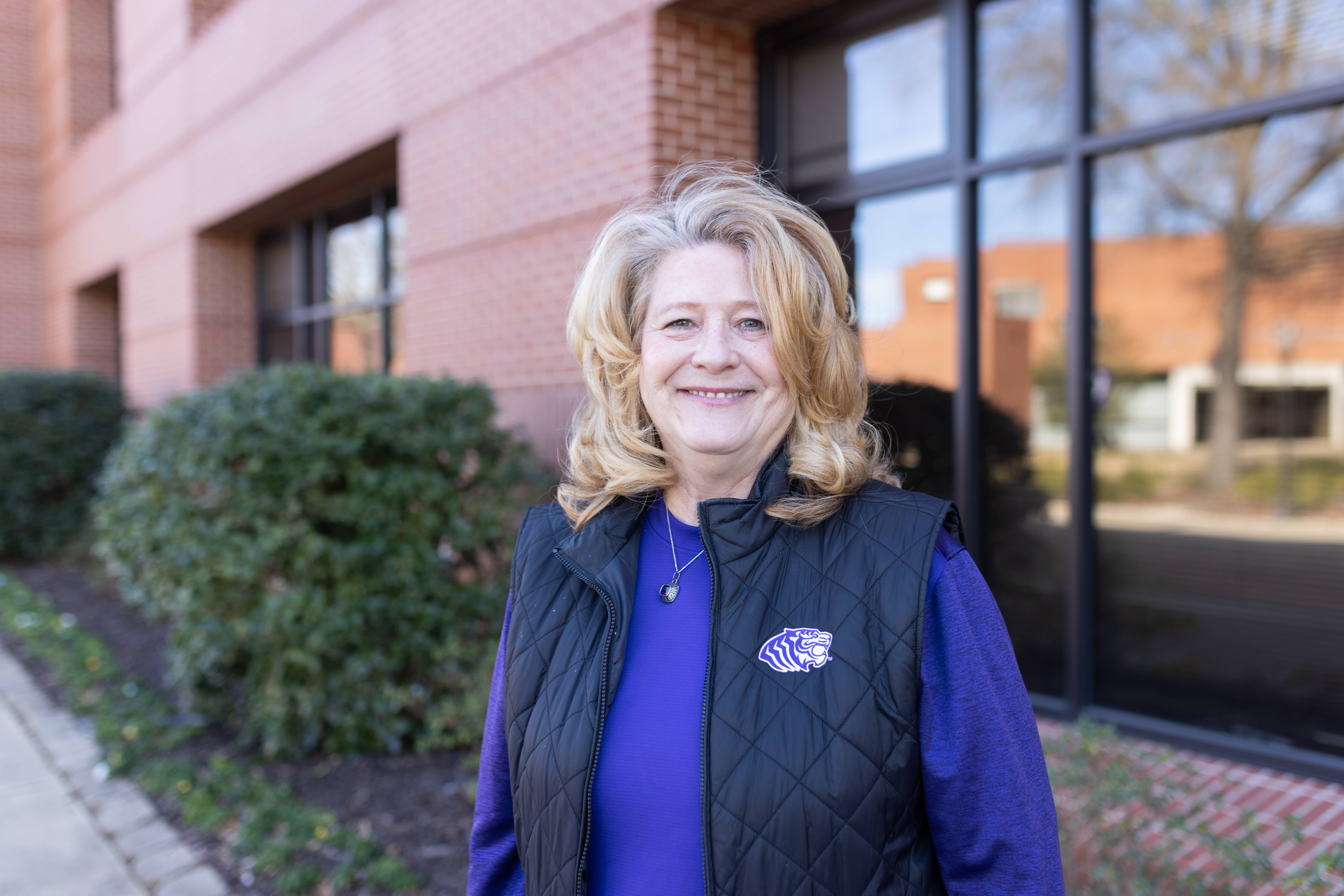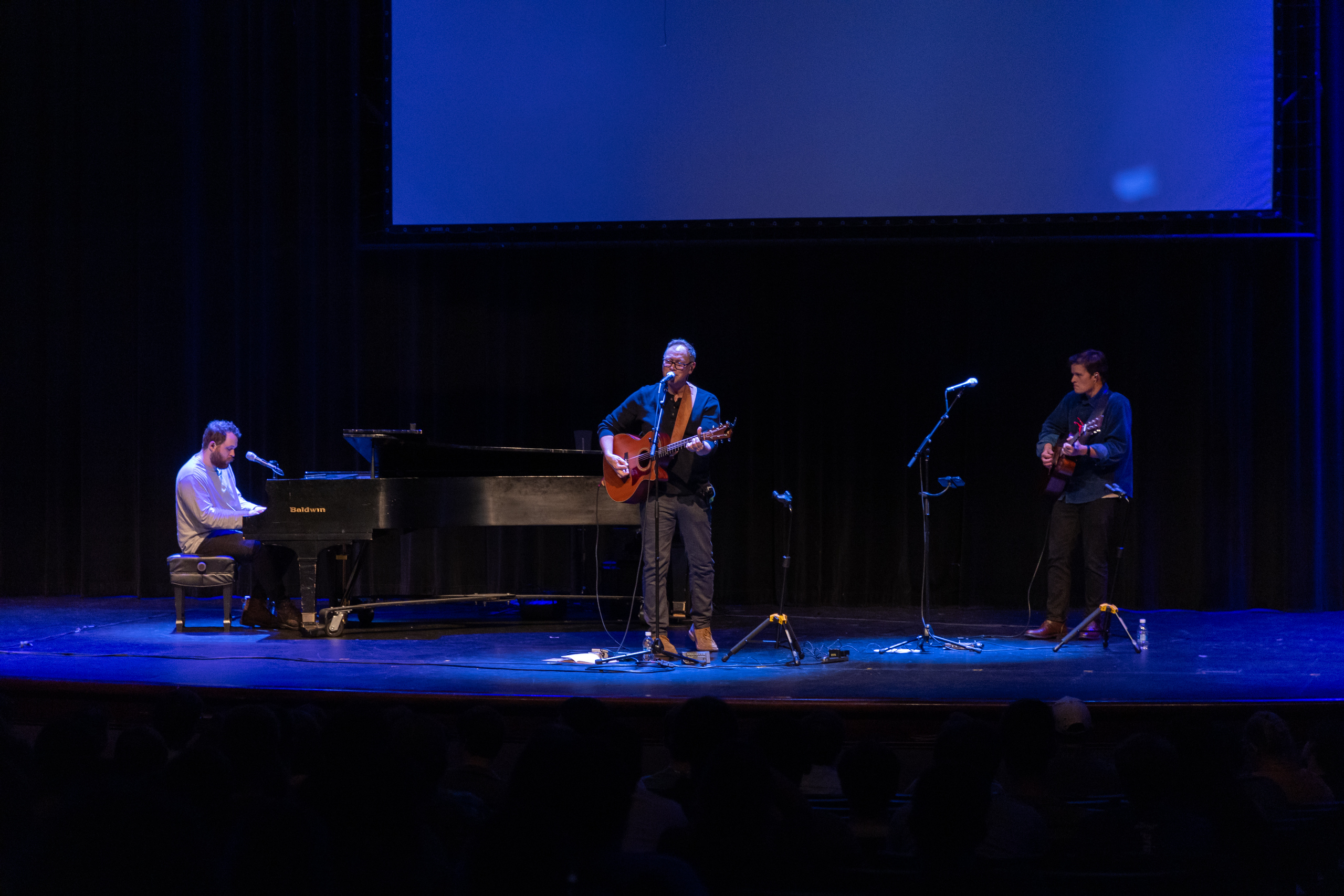Although faculty members at Ouachita are eligible to take a sabbatical every 6 years, many Ouachita students are not even sure what a sabbatical is. A sabbatical is a temporary break from teaching classes (usually a semester to a year) to complete research or other projects. The reason for their sabbatical determines how long it will last.
Dr. Tim Hayes, Associate Professor of Chemistry and Holder of E. A. Provine Chair of Chemistry, proposed his second sabbatical in 2013 for the spring semester of 2015. When a professor applies to receive a sabbatical, they submit their proposal to the Faculty Development Committee. This committee decides who will be awarded the opportunity.
Dr. Hayes proposed that he take his sabbatical so he could have an extensive surgery on his foot. While recovering, he could focus on his classes and what needed to be changed or updated.
The surgery on his foot, was to move a bone and rearrange the attachments to the joint.
“I spent 3 months with my foot propped up. With my toe above my ankle, my ankle above my knee and my knee above my hip where my foot was level with my heart,” Hayes said.
While sitting, not really able to do much, Dr. Hayes looked at his classes. He started with Biochemistry but soon discovered that a majority of the adjustments he proposed to the board, had already been put into motion. The course had moved from a one-semester course to a two-semester course.
Meanwhile, revisions to the core had been completed. He was able to teach one Scientific Inquiry class before his sabbatical.
“I spent a fair amount of time working on [scientific inquiry] and going through the course week by week. I asked myself, ‘what did I do and how could I do it better?’” Hayes said.
Another part of his proposal was developing an online version of the scientific inquiry core class. Now that Ouachita offers an online degree, all core classes need an online version. Hayes spent a good amount of time reading background information over teaching online and the best ways to have examples and practice problems.
When starting to develop this online class, Hayes compared it to the class he teaches. When in class, a teacher can change their mind by having students read different pages or assigning a different assignment for the next day. Online students need all of the information on there so they can do it at their pace.
The online class is only 8 weeks long, what the students in class do in two weeks is covered in one week online. Because the class is asynchronous, the information has to be given on a larger scale. Hayes normally teaches with a PowerPoint, however he has conversed with other professors and they have developed a way to load PowerPoints and pdfs online.
“Online students won’t have a clue that they have no clue until the exam hits. That is the reason they watch a video and have a little quiz to make sure they got the main idea,” Hayes said. “They also have things that they work on because in class I try to have a lot of interaction with students working with the material and talking with each other by working on problems.”
After the curriculum had become clear, Hayes was able to use the summer to spend time with his family. Normally science professors have a research student that works in the lab at the end of the spring semester and through the summer, but because he was on sabbatical in the spring, he didn’t have a research student for the summer, giving him more time to enjoy with family.
He and his family were able to take a vacation to Europe at the end of June. They spent two and a half weeks in Italy, then took three days on layover in London.
“It was a lot of fun and not something you get to do anytime,” Hayes said. “Part of taking a sabbatical is to decompress from all of the pressure that is put on us with our normal fixed schedule.”





